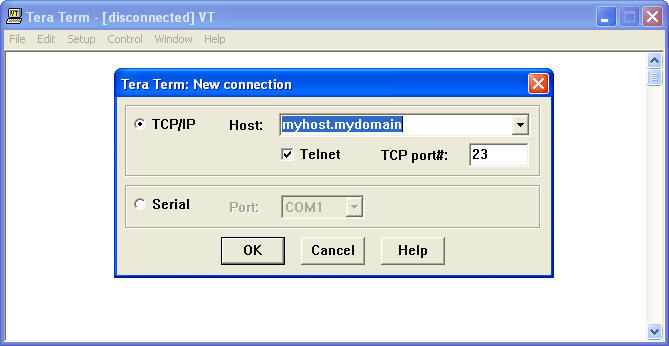

Lipid droplets (LDs), dynamic and ubiquitous organelles that regulate the storage and hydrolysis of lipids, have emerged as key mediators of lipid metabolism, with abnormal LD dynamics having been linked to the pathophysiology of metabolic and inflammatory diseases, neurodegeneration and aging. Lipid metabolism is defined as the synthesis and degradation of lipids, including the breakdown or storage of fats for energy homeostasis and the synthesis of structural and functional lipids. Here, we review recent studies on the role of LDs in the regulation of immunometabolism. Beyond serving as a source of energy storage, LDs participate in inflammatory and infectious diseases, regulating both innate and adaptive host immune responses.

In addition, LDs physically associate with other organelles such as mitochondria through inter-organelle membrane contact sites that facilitate lipid transport. Amongst these are neutral lipases and selective lipophagy factors that promote hydrolysis of LD-associated neutral lipid. LDs also acquire a host of enzymes and proteins that regulate LD metabolism. While PLIN1 is primarily expressed in adipocytes, PLIN2 and PLIN3 are ubiquitously expressed. The perilipin (PLIN1-5) family are the most abundant structural proteins present on the surface of LDs. Originating in the ER, LDs are comprised of a core of neutral lipids (cholesterol esters, triglycerides) surrounded by a phospholipid monolayer and several LD-associated proteins. LDs are ubiquitous organelles specialized in neutral lipid storage and hydrolysis. A hallmark of sterile and nonsterile inflammation is the increased accumulation of cytoplasmic lipid droplets (LDs) in non-adipose cells.


 0 kommentar(er)
0 kommentar(er)
